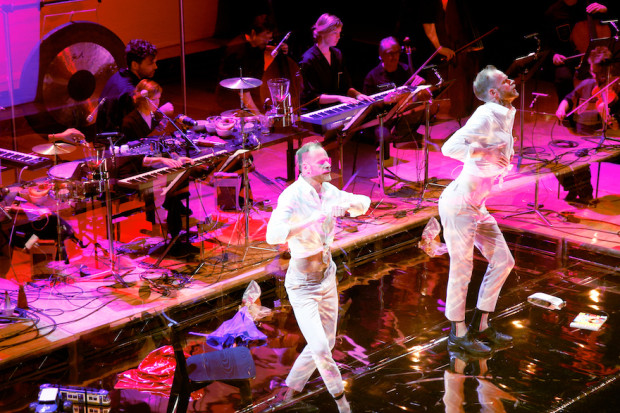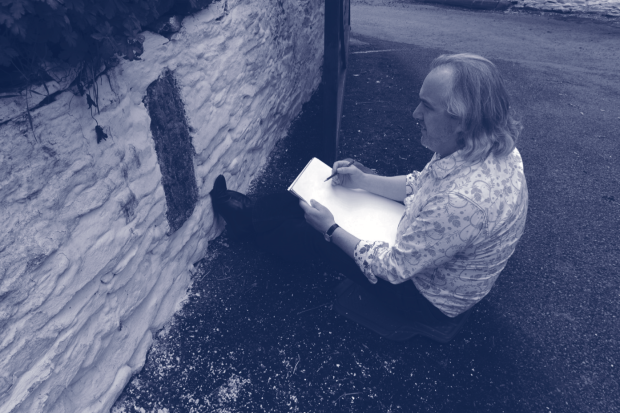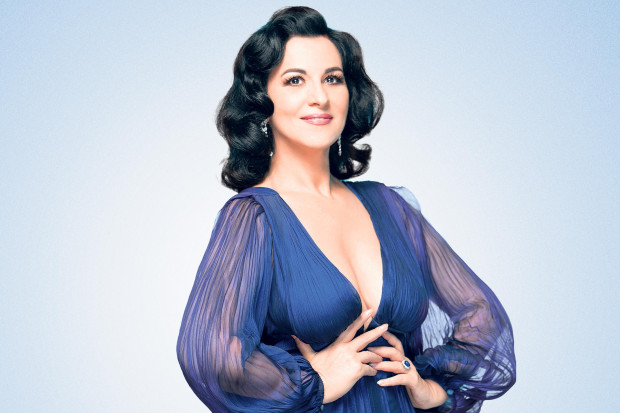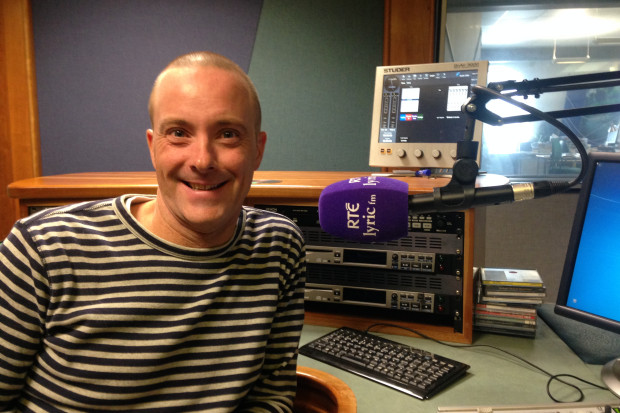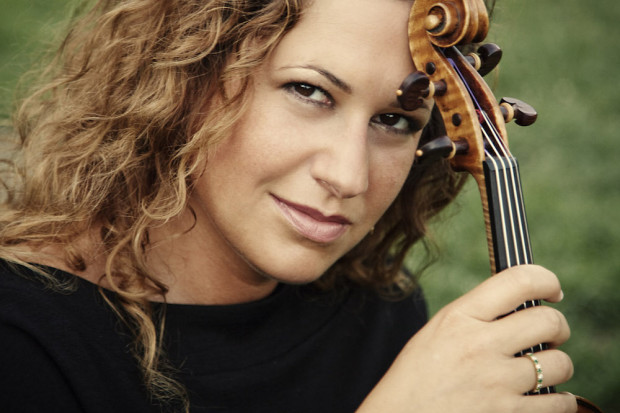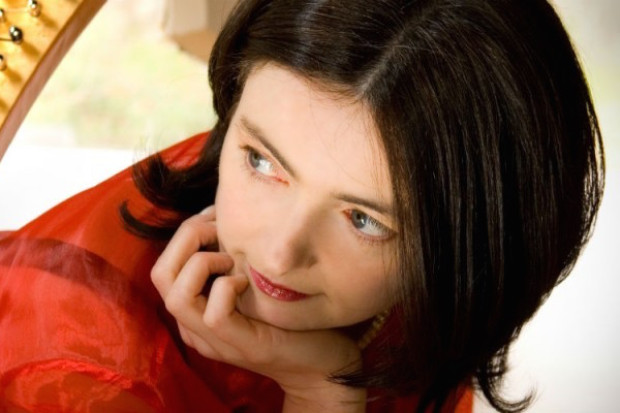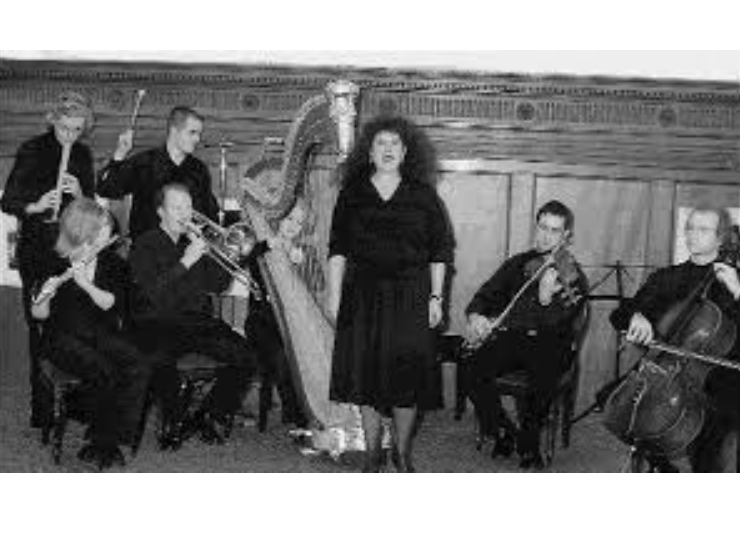
Delicious Noise: IS NOW Contemporary Music Festival, Sligo, March 29-31, 2002
The Sligo Contemporary Music Festival used to be held in November, until last autumn, when its organiser, the Model Arts and Niland Gallery, stayed mysteriously silent about its absence and destiny. The festival was suddenly resurrected in March, offering mostly a reprise of the ‘Mostly Modern’ concert series that ensemble VOX21 and its artistic director Benjamin Dwyer premiered earlier that month in Dublin. The organisers probably assumed that the Sligo audience, starved between the Vogler Spring festivals on a stale music diet organised by the Music Society, wouldn’t really care whether the programme was a reprise or not, as long as it had the name ‘contemporary’ in it. Well, they were right and besides, the festival turned out to be quite good. However, renouncing the exclusivity of the programme shouldn’t have meant also giving up some prerequisites of an event with the title of Festival as, for instance, the absence of programme notes for most concerts left the impression of a certain organisational disarray.
Benjamin Dwyer created the programme of the festival with several different ‘themes’ in mind, the most prominent being the presentation of music by distinguished Dutch composers Louis Andriessen and Theo Loevendie. The theme which opened the festival was ‘folk’, featuring three pieces with completely different approaches to musical aspects of this phenomenon. Certainly the most subversive one was Andriessen’s Melodie which unfolds in a perpetual unison of recorder and harp. With neither obvious repetitions nor changes in its exotic character and latent harmony, it was clear that the composer was determined to push the limits of melodic development as well as the patience of the audience. After half an hour of endless ‘unfolding’ I was deeply worried that the composer’s insurgent intention was to go on until he provokes an open reaction in the audience. I was about to beg the musicians to stop when it finally ended, with no more justification than it would have had fifteen minutes before or after that moment.
It wasn’t possible to trace the date of Raymond Deane’s piece Moresque, but it didn’t sound recent and it didn’t bring much to the exploration of the contemporary take on the ‘folk theme’. The most intriguing approach was taken by Dutch composer Theo Loevendie, whose piece with the deceptively ‘gentle’ title Turkish Folkpoems hides a scabrous harmonic vocabulary softened by the delicate handling of motivic material and carefully balanced timbral combinations of the soprano and seven instruments. Despite what Judith Mok said about the songs still being ‘original ones and the composer wrote around them to add his own colour’1, it felt like the folk spirit was mostly preserved in the strangely reserved but nevertheless elegiac character of the piece and less in the musical material itself. Loevendie’s other performed piece Cycles, though, was one of those terribly clever and equally pointless compositions which give contemporary music a bad name. Based on the repetition and expansion of melodic and harmonic motives while developing a very complex rhythmical structure between four instruments, it demands to be admired rather than enjoyed.
The ‘Dutch theme’ concluded with a lunchtime concert dedicated in whole to Louis Andreissen. Fortunately, these pieces were much more engaging than Melodie, although without the programme notes the only thing we found out about them was that Zilver was the most recent one. Written for seven musicians divided into ‘melodic’ (flute, clarinet, violin and cello) and ‘percussive’ (piano, marimba and vibraphone) groups, Zilver uses exactly the same, extremely simple, scale-like melodic material in both groups, but manages to grow into an interesting piece by emphasising the ‘silver’ sound of the percussive group and by contrapuntally combining various rhythmic and melodic patterns. Workers Union is based on a totally opposite approach that unites all seven instruments in rhythmic unison, producing a focused impact of sound (hence the title). The piece is apparently a technical nightmare for the players since Andreissen, as most minimalists who have that thing for rhythm, based it on the constant change and development of its rhythmical patterns, but he got the most out of it, manipulating our primitive rhythmical instincts and creating a mesmerising effect which, I suspect, works best in live performance.
The festival programme also included a few classics of Irish music, like Jane O’Leary’s Silenzio della Terra and John Buckley’s brilliantly written and performed Five Epigrams for flute and oboe, which sounded as fresh and exciting as they must have done in 1980 when premiered. The same concert included two pieces by young composer Siobhán Cleary and it was interesting to compare her Pipoon with O’Leary’s piece from a decade earlier, since they both deal with the overwhelming power of nature. Silenzio della Terra was inspired by Luzi’s poetry and it depicts the silent hypnotism of the Earth with a meditative, generous flow of flute and percussion lines, while Cleary’s piece captures the freezing, soundless vastness of the North American landscape with its sparse but strongly evocative interplay of cello and harp. Cleary’s other piece Petering Out was written for recordist Peter Wells and live electronics, but her use of computer-processed sounds, although smoothly combined with the recorder’s material, didn’t penetrate the actual texture of the piece, staying on its surface as a fascinating echo.
I’m quite fond of ‘haiku’ aesthetics and I think Cleary’s Pipoon created one of the most captivating moments of the festival, but listening to both of her very short pieces made me wonder whether she’s not always sure what to do with her material, even if it sounds like she keeps real jewels there.
It could be said that the unofficial underlying theme of the festival was ‘the use of recorder in contemporary music’. This is not the instrument you would expect to find in a modern ensemble, but suddenly the recorder and its master-magician Peter Wells were absolutely everywhere. Even the ensemble’s first commissioned piece was envisaged by its composer Raymond Deane as ‘a kind of Concertino for recorder(s) and ensemble’. Stretti is written for eight musicians, in eight sections that are built on eight transpositions of an eight-note scale and it’s the kind of piece that imposes itself with its authoritative writing even if it’s obvious that the composer and you don’t belong to the same fan-club. The composer’s attention was obviously focused on the recorder and the transformation of its ‘faces and voices’ produced by different members of its family, but the solo part is so tightly interwoven with the ensemble texture and energy and determination are spread so generously among all the instruments that Stretti could also be called a Concertino for eight musicians.
Although the beautiful sounds of the bass and grand bass recorders were a real discovery for me, Stretti stays in my memory more as a piece of music full of ‘thorns’ and ‘sharp edges’, which somehow make you think about the composer as someone who’s often on bad terms with the world, but is determined to leave his trace on it.
The father and holy spirit of this year’s IS NOW (hey, it was the Easter weekend after all!), Benjamin Dwyer made sure that its programme contained a good share of his own music. He opened the festival by playing his own Twelve Etudes for guitar, which sounded like a rather self-indulgent project of Dwyer the guitarist as opposed to Dwyer the composer. Each etude is an impeccably assembled and performed ‘exercise in style’, from baroque to jazz and world music, but they rarely manage to step out from the world of homage and epigonic virtuosity. Much more interesting was Dwyer’s piece Soneto del Amor Oscuro for saxophone and percussion, inspired by the life and death of Federico Garcia Lorca. Ranging from deep existential anxiety to tranquillity, this piece produced a strong dramatic, almost theatrical quality. Even more theatrical was his hour-long piece Scenes from Crow originating in Ted Hughes’ poetic cycle. Hugely ambitious, thespian in spirit and dealing with the heavy themes of nature, war, Eros and Tanatos, this project seemed to be a bit too overwhelming for its creator and much less so for the audience. The solo sections played by cello or recorder with tape, personifying Crow’s witnessing of moral and physical destruction and decay, were certainly more powerful than the ensemble parts, but even some of those strongly evocative scenes were hard to enjoy because the amplified sound was, for some reason, turned up to the point of physical discomfort.
My personal favourite of Dwyer’s was Omeros II for amplified ensemble and tape, which celebrates music’s physicality and sensuality. The piece has a beautiful opening, but it sounded like the first section leading towards the busy middle part was over-amplified for the subtlety of its writing. The rest of it was deliciously noisy, unrestrained and great fun. Omeros II is the kind of piece that every festival of contemporary music should have to stir up the atmosphere, wake up the bored and cheer up the depressed.
Finally, David Brophy, Kenneth Edge, Richard O’Donnell, Diarmaid Frain, Susan Doyle, Sile Daly, Peter Wells, Leonie Curtin, Eckart Schwarz-Schulz, Mike Nielsen, Conor Sheil, Cliona Doris – all first rate musicians and members of VOX21 as well as sound engineer Roy Carroll and Dutch soprano Judith Mok, deserve to be singled out as professionals who performed the whole programme of five concerts and sixteen pieces (not including Dwyer’s solo etudes) with astonishing passion and dedication. Ireland desperately needs an ensemble like VOX21, as much as Sligo needs the festival of contemporary music (although the Easter Weekend looks like bad timing regarding its potential audience). If they continue their collaboration in the same way, hopefully their horizons will expand beyond Irish and Dutch music. Unless, of course, next year’s festival arrives with the title ‘CRASH strikes back’.
Published on 1 May 2002










